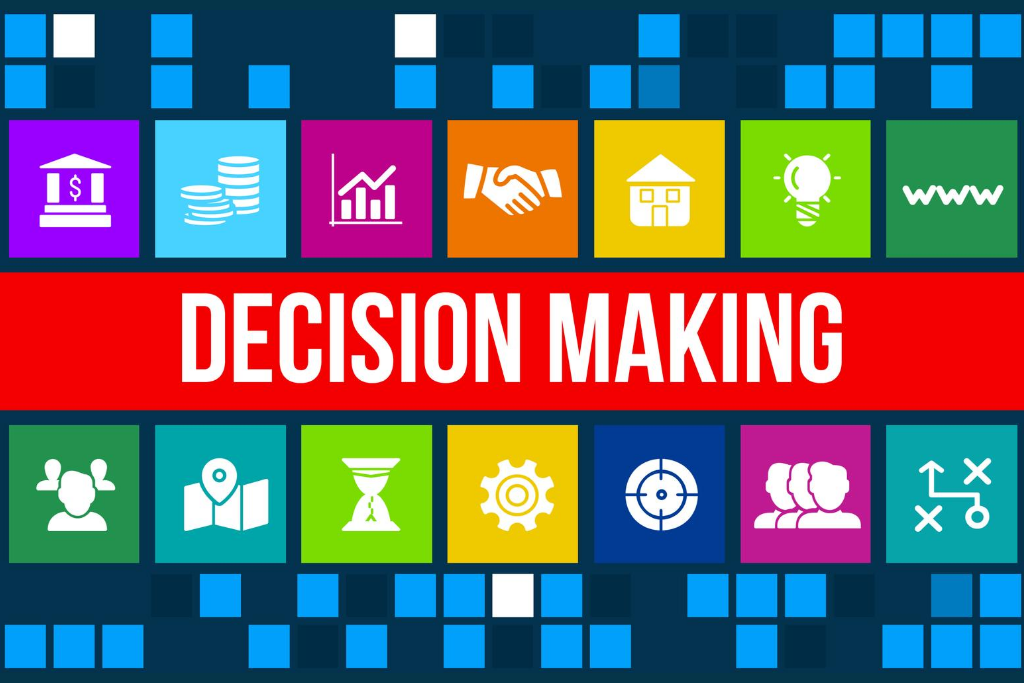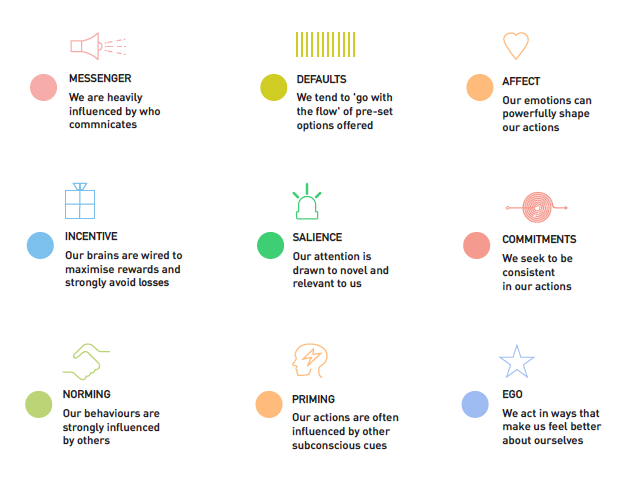
Influencing and advocating for your charity, arts or music organisation – part 2 decision science
If you’re advocating for your organisation, and reshaping your services and business model in response to the pandemic, you may also be rethinking the way you communicate. Knowing more about what influences people’s behaviour and decisions can strengthen your relationships with all of your stakeholders – and even transform your reach and impact. Part two of this two-part blog looks at the science behind behaviour change and decision making. See part 1.
Towards the end of the previous blog, we looked at how people’s behaviour isn’t as rational as we might think. There’s a large, and growing knowledge-base that is exploring this concept, based on evolutionary psychology, neuroscience and behavioural economics. And more recently it’s started to be used in arts fundraising.
How do we know what influences people’s behaviour and decisions?
Back in 2010, the UK government set up a ‘Behavioural Insights Team’ (BIT, now an independent organisation). This became known as the ‘Nudge Unit’. The purpose was to test the application of this type of knowledge to policy and practice.
BIT trialled campaigns to change the public’s behaviour around a number of areas such as paying taxes, or encouraging donations to charity.
In that time, the knowledge spread, books were written (see some below in further reading). Various consultancy companies sprang up around the world.
Decision science principles like these are now widely used in commercial companies, charities, in education and health, and in local and central government.
More recently, Arts Council England worked with =mc consultancy, the National Arts Fundraising School and Ogilvy Consulting to set up the ‘World’s largest fundraising experiment’ using Decision Science principles. The purpose was to find ways in which performing arts organisations, galleries, museums and venues could improve their income by attracting new supporters, persuading existing ones to give more, and find new ways of giving.
What do we know – and how do we apply it to our communications and fundraising?
Much of decision science is based on findings about the way people are affected by the amount of information presented to them. It looks at their preferences for certain types of information, and their capacity and time for dealing with this. According to these scientists, people make decisions by subconsciously asking themselves one of three questions:
- What mental short-cuts can I use to make a quick decision here? This is called ‘heuristics’. Eg what has past experience told me about this?, what is the easiest way to get information on which I can base my decision?
- What are other people like me, or that I respect, doing?
- How do I feel (not think) about this?
There are two systems which help us make these decisions:
System 1 – implicit, fast, intuitive, instinctive, emotional, unconscious – ie HOW WE THINK
System 2 – explicit, slow, analytical, learned, rule-based, conscious – ie HOW WE THINK WE THINK
The detailed principles of decision science are complex, but there are many frameworks and tools to help organisations, marketers and fundraisers use this knowledge for commercial purposes, and for social good.
The Mindspace framework
MINDSPACE is one such tool. The original model helped make the case for the creation of the Behavioural Insights Team. It was developed by the UK’s Cabinet Office working with academics from the London School of Economics and Imperial College.
It’s recently been adapted for the cultural sector into a free guidebook called MINDSPACE – helping supporters choose – putting the science into cultural fundraising. It’s well worth a read to help with general communications, as well as fundraising – whether you work in the cultural sector or the wider not-for-profit or public sectors.
It sets out nine of the most important factors that influence our behaviour, captured in the mnemonic, MINDSPACE:
Mindspace was written mainly for fundraising. Yet you can see immediately that this can be applied to all sorts of communications and purposes. Take ‘norming’. The science tells us that our brain experiences pleasure and pain that’s as real as physical pleasure and pain, when we feel excluded or included from a group, when we feel ‘liked’ and conform to social norms. If you think about how people behave on social media, you’ll know how powerful this can be. In fact, I talk about MINDSPACE in my new online course ‘Social media to grow your reach, relationships and impact ‘ which is due out in August. Join my emailing list to be the first to hear when it’s live.
How to apply Mindspace to your communications
Here are a few things to consider when you’re reshaping your communications or your services:
- MESSENGER – we’re heavily influenced by who communicates. Who can act as a door-opener for your services, who can advocate on your behalf? How might they do that – what support/tools would they need to make that as easy as possible?
- INCENTIVE – our brains are wired to maximise rewards and strongly avoid losses. Can you frame your messages to suggest the risk if people don’t act, and the rewards if they do?
- NORMING – our behaviours are strongly influenced by others. How (and where, through what channels) can you show that other people who are similar/important to your stakeholders, are already taking action, supporting you. Social proof/testimonials are obvious examples but could you do more/different?
- DEFAULTS – we tend to ‘go with the flow’ of pre-set options offered. Are you ‘packaging’ your offer and services or your ‘ask’ so that it’s really easy for people to understand, and act?
- SALIENCE – our attention is drawn to what is novel and relevant to us. Can you make your communications stand out with something a little different, personalised, relevant to their pressing and specific needs at any given time?
- PRIMING – our actions are often influenced by other subconscious cues. What are the subconscious cues that you could create (use of names, signage, photos, stories – creating associations) before you make an offer/request action?
- AFFECT – our emotions can powerfully shape our actions. Think back to your customer empathy map. What do you want people to feel when they come across your organisation/service/communication? What emotion, specifically, does each communication hope to prompt: Pride? Joy? Outrage? Nostalgia?
- COMMITMENTS – we seek to be consistent in our actions. What do you know about your stakeholders habits, patterns of behaviour or beliefs about themselves? Could you apply this to what you communicate and offer?
- EGO – we act in ways that make us feel better about ourselves. How can you celebrate or allow people to celebrate their involvement with you, or the action they’ve taken?
Here’s a great video that is useful in thinking about the incentive, ego and defaults principles:
[8 mins] How do you convince people to change? (summarising the book Switch by Chip and Dan Heath)
You may not have time to explore these ideas much further, but even if you don’t, it’s worth using these tools for reference when you’re planning and creating communications or services.
Further links:
Behavioural insights for education – a practical guide for parents, teachers and school leaders
Further reading:
Gut feelings: shortcuts to better decision-making, Gerd Gigerenzer, psychologist & behavioural expert
In an uncertain world, sometimes we have to ignore too much information and rely on our brain’s ‘short cut’, or heuristic.
Thinking fast and slow, Daniel Kahneman, Professor of Public Affairs, Nobel prize-winner
Our minds are tripped up by error and prejudice (even when we think we are being logical). This book is the classic text about the way we make decisions.
Predictably irrational: the hidden forces that shape our decisions, Dan Ariely, behavioural economist
Why we make the choices we do and the errors and prejudices this involves
Nudge: improving decisions about health, wealth and happiness, Richard H Thaler & Cass R Sunstein, economist and legal expert.
The book behind the creation of the Behavioural Insights Team. It shows how ‘nudges’ – positive reinforcements and indirect suggestions – influence the behaviour and decision-making of groups and individuals.

